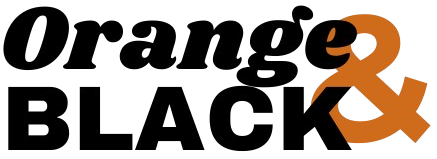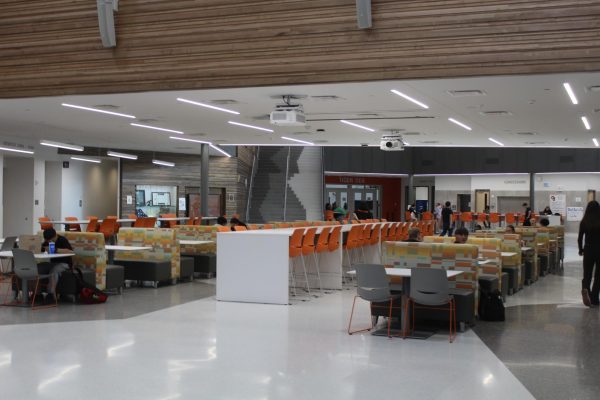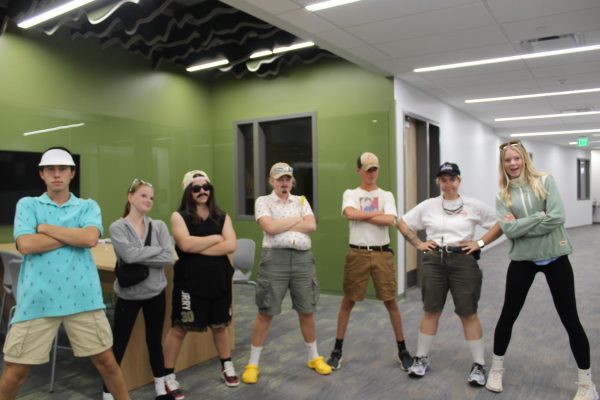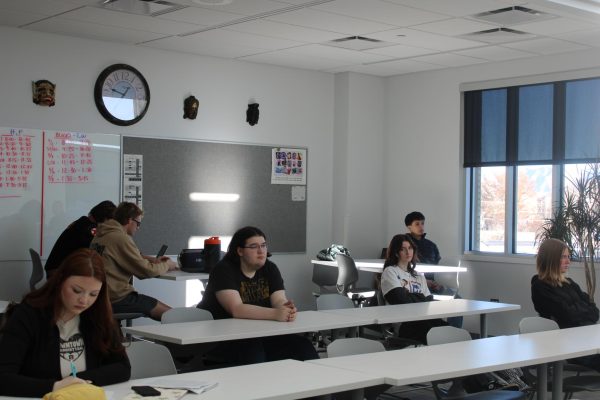Stereotypes
Stoners, sluts, and emos. Labels like these often come from one thing: stereo t ypes.
ypes.
A stereotype can be defined as “a widely held but fixed and oversimplified image or idea of a particular type of person or thing.”
Many people are categorized into groups simply because of appearances and the way they dress. In high school especially, stereotypes and cliques play a large role in the teenage culture.
Certain aspects of a person’s appearance can easily place them into a specific social group.
A common cliché is the typical athlete or jock: sporting a letter-jacket everyday while never having anything intellectual to say in a discussion. The film industry loves this stereotype.
Then there are the girls that are pushing the dress code envelope with revealing clothing which automatically classifies them as the “school sluts”. ‘Mean Girls’ examines high school stereotypes and leads to a theme of inclusion.
Stereotypes like these are what divide people into certain groups at school.
“It’s everywhere in high school because of the need we have to put labels on individuals,” Chris Young, junior, said.
Though most stereotypes often have negative connotations, some feel they are accurate, and they are not always offensive or false.
“Some stereotypes are very justified in the sense that it’s based on what people enjoy,” Lily Carson, junior, said.
As times change and we move into a more accepting culture and environment, stereotypes are quickly changing and having less of an affect on people.
Students are creating and finding a sense of individuality rather than accepting their stereotypes in order to fit into a certain group.
“I fit a lot of stereotypes, so being put into a category isn’t my concern,” said Young.
Stereotypes are quickly losing significance in today’s society. Instead, discontinuing the necessity for labels and replacing it with acceptance is becoming the new trend. Looking beyond stereotypes opens up opportunities for new horizons.
Your donation will support the student journalists of Grand Junction High School. Your contribution will allow us to purchase equipment and cover our annual website hosting costs.





